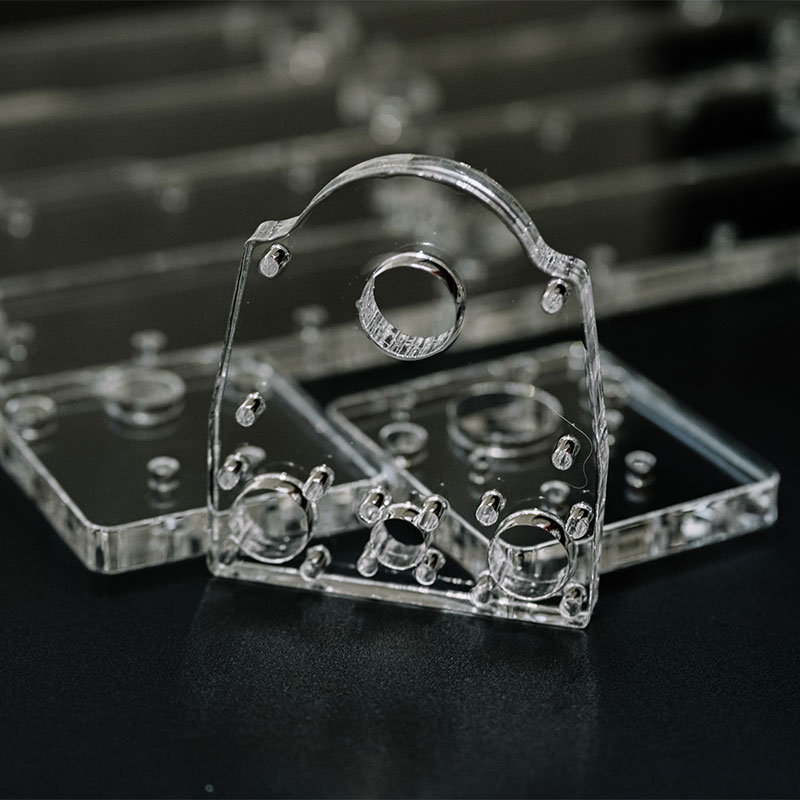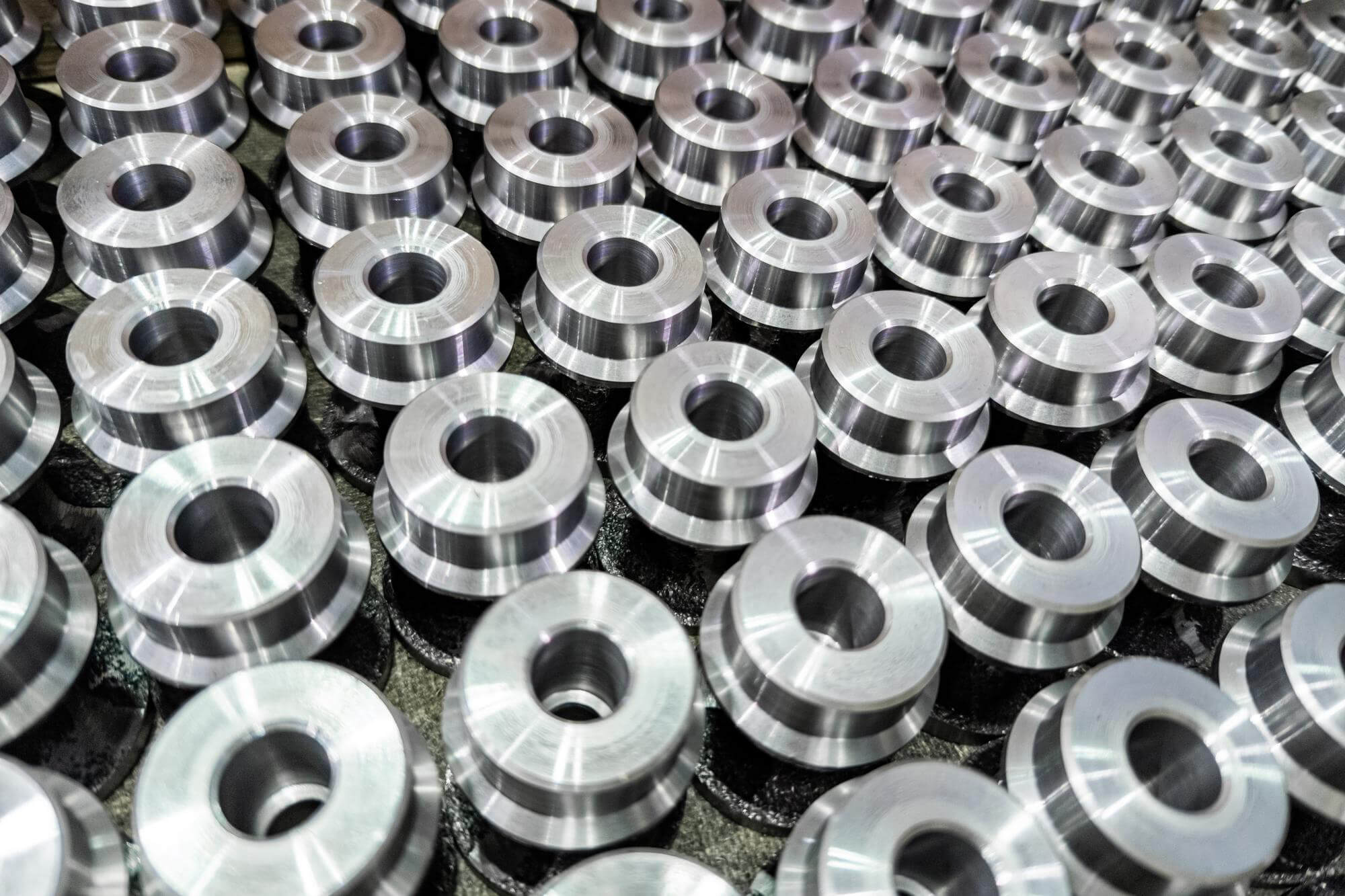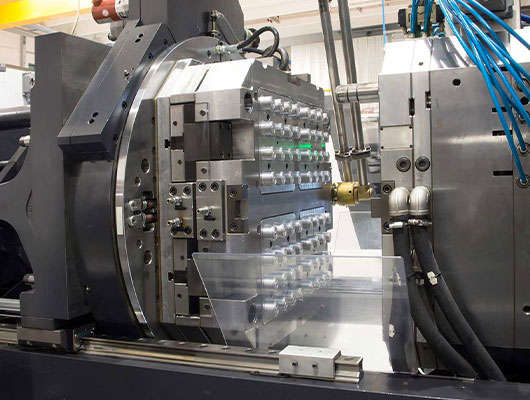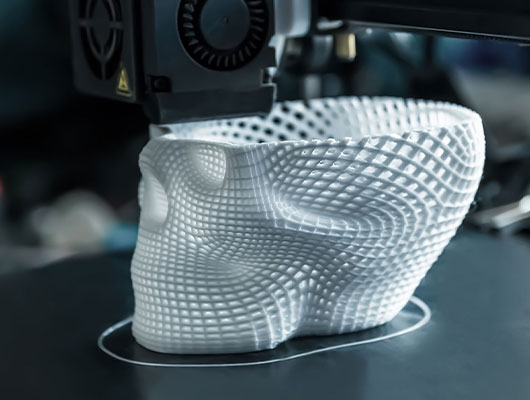About UHMW-PE
UHMW-PE (The Ultra-High Molecular Weight Polyethylene) is a thermoplastic polymer that possesses exceptional toughness, high impact strength, and excellent resistance to wear and abrasion. It is also highly resistant to chemicals, moisture, and UV radiation, making it an ideal material for use in harsh and demanding environments.
Due to its exceptional properties, UHMW-PE is often used in the manufacturing of parts and components for various industries, including aerospace, automotive, and medical. It is particularly useful in applications where low friction and high wear resistance are required, such as bearings, gears, and wear strips.
When it comes to CNC machining UHMW-PE, it is crucial to use the right tools and cutting techniques to ensure high-quality and precise parts. With its unique properties, UHMW-PE can be challenging to machine, but with the right expertise and experience, it can be an excellent plastic material choice for a wide range of applications.









